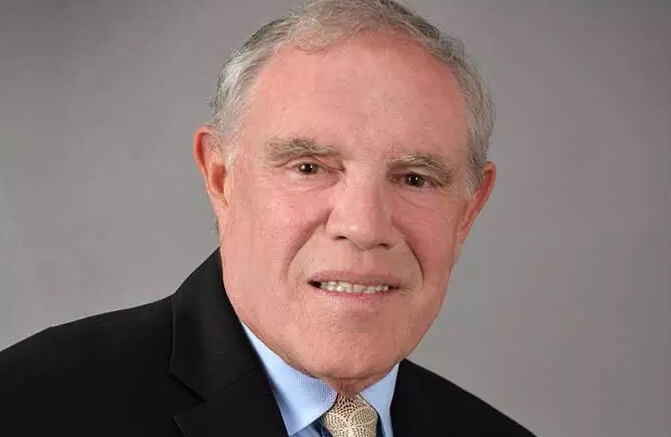BLOG VIEW: The mortgage industry has been primed for a digital revolution for several years, yet most lenders haven’t taken advantage of the opportunities in front of them. It is time for lenders to embrace digital mortgage technologies and begin fully digital implementations. It’s not enough to simply dabble in the digital space; it’s an all-or-nothing proposition, and every lender should choose “all.”
Given how long the industry has been discussing digital mortgages, lenders have been understandably cautious, especially when many “innovations” turned out to be either nothing more than vaporware or unusable given outside constraints (i.e. investor requirements/acceptance). That caution opened the door for a hybrid model to emerge, wherein lenders could go digital in a piecemeal fashion as circumstances allowed until they were able to shift to a fully digital mortgage.
Unfortunately, the mortgage industry has been stuck in a hybrid purgatory ever since. Luckily, some lenders are looking to leave the hybrid model behind and finally implement a fully digital mortgage, which also opens the door for those lenders who have yet to go digital to get on board as well.
Many lenders would argue they have begun the transition to digital by offering an online application. While this is a great first step in the digital mortgage process, the key to a fully digital mortgage lies in the closing. For lenders to implement a fully digital mortgage, the closing process also has to be fully digital. Of course, one of the main elements of eClosing a mortgage is remote online notarization (RON).
RON has been on the radar of the mortgage industry for several years, but a majority of lenders didn’t see the necessity behind both RON and eClosings until 2020. Now, it’s become clear just how much easier a fully digital mortgage would make life for lenders and their borrowers. This is why many lenders are placing a premium on finding the right RON technology in 2022.
For those lenders focusing on RON this year, it’s important to evaluate the technology with several factors in mind, including ease of use, adaptability to existing systems, creative problem-solving options, IT support during RON transactions and regulatory compliance. These features not only allow the RON platform to function properly but also ensure the lender finds the right RON platform to meet the needs of all parties involved in the closing process, which brings up another key feature that lenders must consider. A RON platform that is truly designed with mortgage closings in mind must offer the ability to host multiple parties in the online signing/notarization ceremony, including but not limited to the lender, the borrower, the real estate agent and the settlement agent.
It is no secret that our society is becoming increasingly digital each day and the mortgage industry is finally catching up. In 2022, there is no need for lenders to start their digital mortgage journey with a hybrid process. The technology and systems are in place, and investor/regulatory acceptance has reached a tipping point where digital mortgages can be executed at scale. Lenders just need to get started. With borrowers placing a premium on both speed and convenience, a fully digital mortgage is the next step forward in the mortgage industry.
Rick Triola is division president of NotaryCam, a Stewart company, offering remote online notarization and identity verification and authentication.











